Do you have a question about the Panasonic JS-960 Series and is the answer not in the manual?
Identifies different model variations of the JS-960 POS Workstation.
Tracks revisions and changes made to the service manual.
Highlights key aspects like modular structure and high quality.
Provides physical dimensions and layout drawings of the POS Workstation.
Illustrates the location and type of all I/O ports on the unit.
Details the pin configurations for various I/O connectors.
Details general hardware specifications and environmental conditions.
Details model-specific hardware specifications for POS workstations.
Visual representation of the system's interconnected components.
Lists and describes the integrated circuits on the main PCB.
Highlights the product's environmental friendliness and power saving features.
Focuses on the compact design and user-friendly aspects of the POS.
Details how to access and maintain the POS unit for daily work.
Visual representation of the system's interconnected components.
Important safety and usage notes before running the PE Diag test.
Step-by-step instructions on how to install the PE Diag software.
Verifies BIOS, CPU, DIMM, and SATA specifications against system settings.
Verifies the system's BIOS version for compatibility.
Verifies the BIOS release date.
Confirms the installed CPU type.
Verifies the installed RAM capacity.
Compares system identification data with the nameplate.
Explains the controls within the PE Diag software interface.
Monitors the CPU's operating temperature.
Monitors the system's overall temperature.
Checks the rotational speed of the CPU fan.
Checks the rotational speed of the Power Supply Unit fan.
Monitors the CPU core voltage.
Monitors the +1.5V power rail.
Monitors the +3.3V power rail.
Monitors the +5V power rail.
Monitors the +12V power rail.
Monitors the VBAT voltage.
Guidance on interpreting results for manual diagnostic tests.
Tests the 2-line display and speaker functionality.
Checks the LCD color, backlight, and touch response.
Checks LED blinking and fingerprint scanner functionality.
Tests the cash drawer connectivity and operation.
Performs memory test and explains auto test execution.
Verifies USB port functionality with external devices.
Guides testing the network connection using another JS-960Wx.
Tests the parallel port using a loopback connector.
Detailed electrical schematics for the main PCB.
List of replaceable parts for the main PCB.
Electrical schematic for the LCD Relay PCB.
List of replaceable parts for the LCD Relay PCB.
Electrical schematic for the MB to LCD PCB.
List of replaceable parts for the MB to LCD PCB.
Electrical schematic for the LED PCB.
List of replaceable parts for the LED PCB.
Electrical schematic for the 2nd Display PCB.
List of replaceable parts for the 2nd Display PCB.
Illustrates how to disassemble various parts of the POS unit.
Step-by-step disassembly of the main POS unit body.
Diagnostic steps for critical system startup failures.
Safety step to disconnect power before proceeding.
Procedure for detaching the LCD module.
Instructions for setting the jumper plug to configure COM1.
Recommendations for ideal installation environments.
General steps and considerations for installing the POS unit.
Instructions for attaching mounting brackets to the POS.
Methods for cleaning the plastic outer casing and display.
Procedure for cleaning the unit's dust filter.



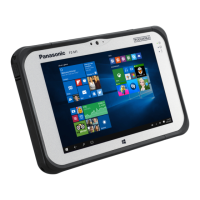
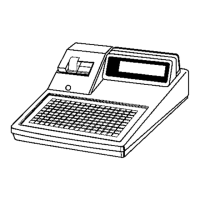
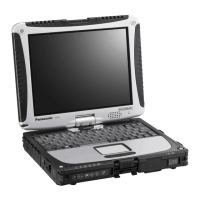


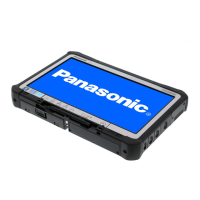
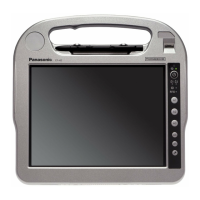
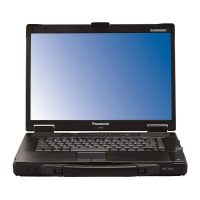
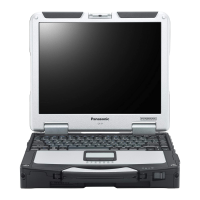
